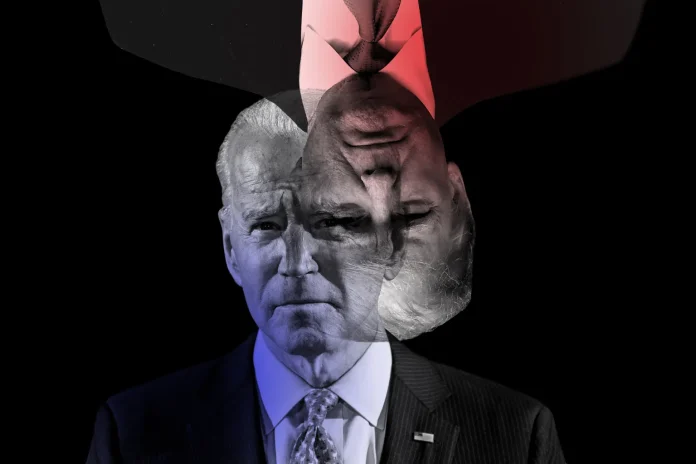Indeed, the American dream, as once understood, no longer seems to exist – which is an especially bitter pill for the millennials and Gen Z Americans who grew up watching their parent’s generation make a living for themselves proportionate to their work ethic and talent level.
What is the American dream?
That the question needs to be asked indicates a problem. And Americans are most certainly asking the question. Since about 2008 or so.
Is the American dream dead? Increasingly, in consulting their most immediate biographies, in sifting through the wreckage of two economic collapses, a lock-down, two forever wars, soaring inflation, et cetera, et cetera…Americans are answering yes, the American dream is dead.
What is the American dream?
Although vaguely defined, the general notion of the American dream is widely accepted domestically and abroad. For generations, the vaguely defined, generally accepted notion of the American dream was powerful enough to prompt wave after wave of migrants to leave their homeland and make the trek to America – with the understanding that if they were willing to work, they would punch their ticket to the middle class.
The American dream wasn’t just for migrants. US-born citizens grew up with the same understanding – if they were willing to work, they would earn financial security as members of the middle class.
But entering the middle-class was just the American dream’s floor. The ceiling? The ceiling didn’t exist. The upper class and beyond was accessible. And the access was merit based. Go to college, go to law school, go to medical school. Start a company. Sell more than your competitors. If you were the best, you would be rewarded accordingly.
But today, the American dream’s floor – a middle-class guarantee – and the American dream’s endless ceiling – a merit-based ascent without limits – both seem like bygones. Distorted nostalgia. Something so distant that maybe it never existed at all.
The carcass of the American dream
I’ll spare you the hard numbers. You know what the numbers look like. A hollowed out middle class. Stagnant wages despite increased productivity. Skyrocketing tuition prices despite a decreased return on the back end. Staggering student debt. Affordable housing shortages. It’s not pretty out there. The gulf between rich and poor is widening – so much so that the economy has arguably become an oligarchy, with a handful of tech billionaires controlling more wealth than the nation’s masses.
And the nation’s masses? Putting in the time, working Monday-Friday – or more – doesn’t guarantee access to the middle-class anymore. Willing and able workers are struggling to earn livable wages. To buy houses. To pay their medical bills. To save for retirement. To send their kids to college. The nation’s masses live on credit card debt and self-medication and broken promises – in the shadow of the American dream, in a climate that breeds radicalism.
The American dream has abandoned not just the masses, but the superlative, too. Not wholesale. But in large part. Attending college doesn’t mean you’re going to land a meaningful, or even sustenance-sustaining, job. Attending law school doesn’t mean you’re going to be able to buy a home, or even live in a decent neighborhood. Increasingly, the perception is that upward ascension is not merit-based at all, that rather, opportunity is reserved only for the already affluent. Which is essentially the inverse of the American dream.
Indeed, the American dream, as once understood, no longer seems to exist – which is an especially bitter pill for the millennials and Gen Z Americans who grew up watching their parent’s generation make a living for themselves proportionate to their work ethic and talent level.













